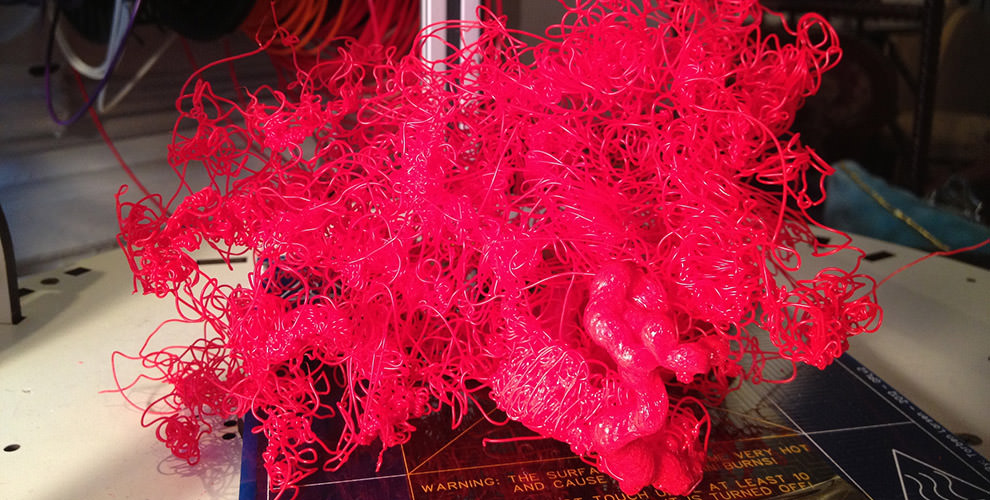Engineers the world over have historically kept a unique technology all to themselves. Large, bulky, and expensive 3D printing machines have been in use for over 30 years. Used in the aerospace, automobile, and the defense industry, where rapid prototyping and one-off parts were needed. Today, technological advances have created 3-Dimensional printers that can fit onto our desks. The rise of the internet brought the personal computer and cloud-based technology access to 3D printing in ways never imagined. 3D Hubs, having operations in 140 countries is showing real potential to democratize manufacturing worldwide.
To democratize an entire industry such as manufacturing, this disruptive technology is bringing solutions to long-held problems. No longer at the mercy of inflated manufacturing companies or high minimum order quantities, 3D print service is allowing organizations both large and small, to produce end-use custom parts. Imagine the future of online 3D printing in the regenerative field of medicine, state-of-the-art construction material, and space? To put some context on what that future would look like, let’s take a glance at 3D technology in those areas mentioned.
3-Dimensional with Future Applications
In the pristine halls of the Wake Forest Institute of Regenerative Care lies a group of 3D labs doing phenomenal work. For example, using degradable scaffolding produced from a 3-dimensional printer, cells similar to stem cells (progenitor cells) are placed on the product. These cells replicate and differentiate into specific cells to create tissue. Bladders made by hand are currently in use by a few people.
The future of this advancement is only limited by our imagination. 3D printers that can lay human cells down micron by micron, is the future. Essentially limiting the human error aspect of this technology. This also introduces the ability for rapid prototyping which will help reduce the cost of the technology. 3D Hubs has had the opportunity to create over 3 million parts since its founding. How exciting it will be for them to create these new-aged products.
Recently, I took a camping trip to regenerate my mental battery. Leaving the “concrete jungle” behind for a few days was well worth it. Yet, can we imagine what city life would entail without concrete? Everywhere our eyes scan we see concrete. From roads to residences, commercial buildings to parking benches, concrete is everywhere. 3D printing has developed a technology that will take the carbon dioxide waste emitted from power plants, converting it into a product termed Co2crete. Currently, this state-of-the-art building material is in the proof of concept stage with promising hopes to commercialize. Before this, researchers must further develop portable 3-Dimensional printing technology, increase the volume of material produced, and test application in real-world scenarios. Rest assured, 3D Hubs is keeping a pulse on where these developments are heading.
To contemplate what this special form of manufacturing brings to the industry is no small task. Virtually any application can be found for 3-Dimensional printing. 3d Hubs is most excited as these advances take place. Disaster sites, greenhouse emission gases, medical devices, even coral reef restoration, are all areas of future application. Inspiring to say the least.
Thanks for reading this article. If you're new here, why don't you subscribe for regular updates via RSS feed or via email. You can also subscribe by following @techsling on Twitter or becoming our fan on Facebook. Thanks for visiting!





















































































































































































